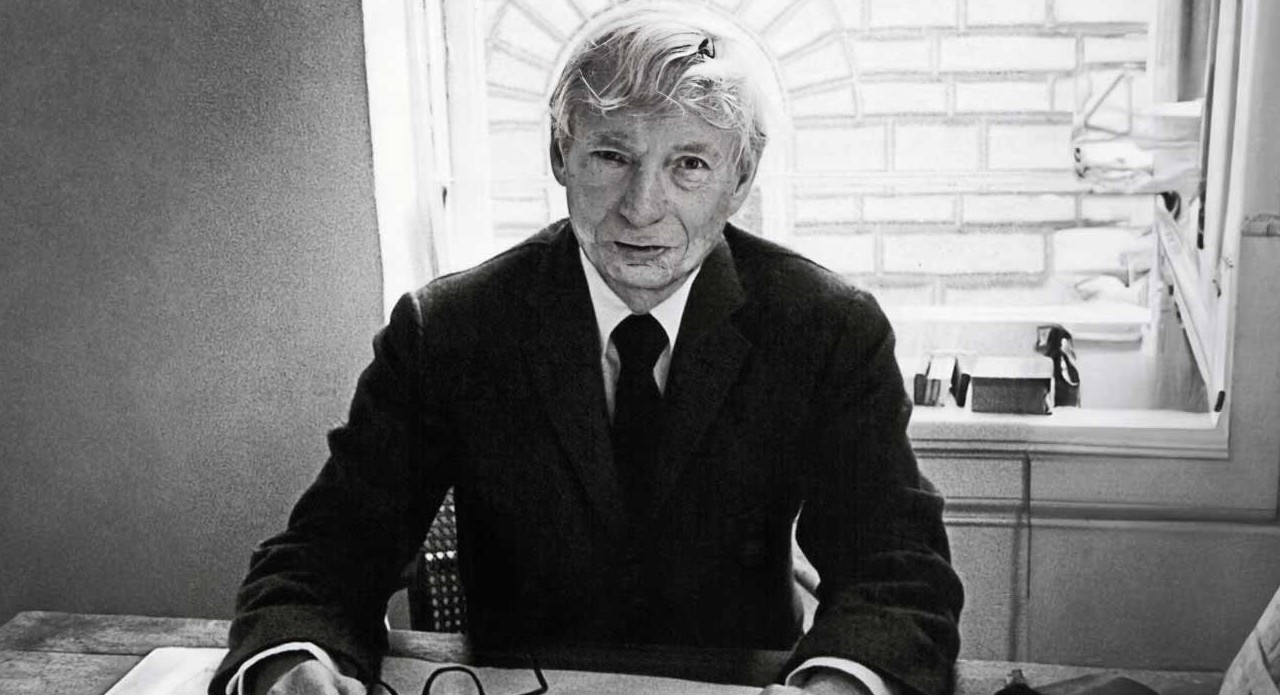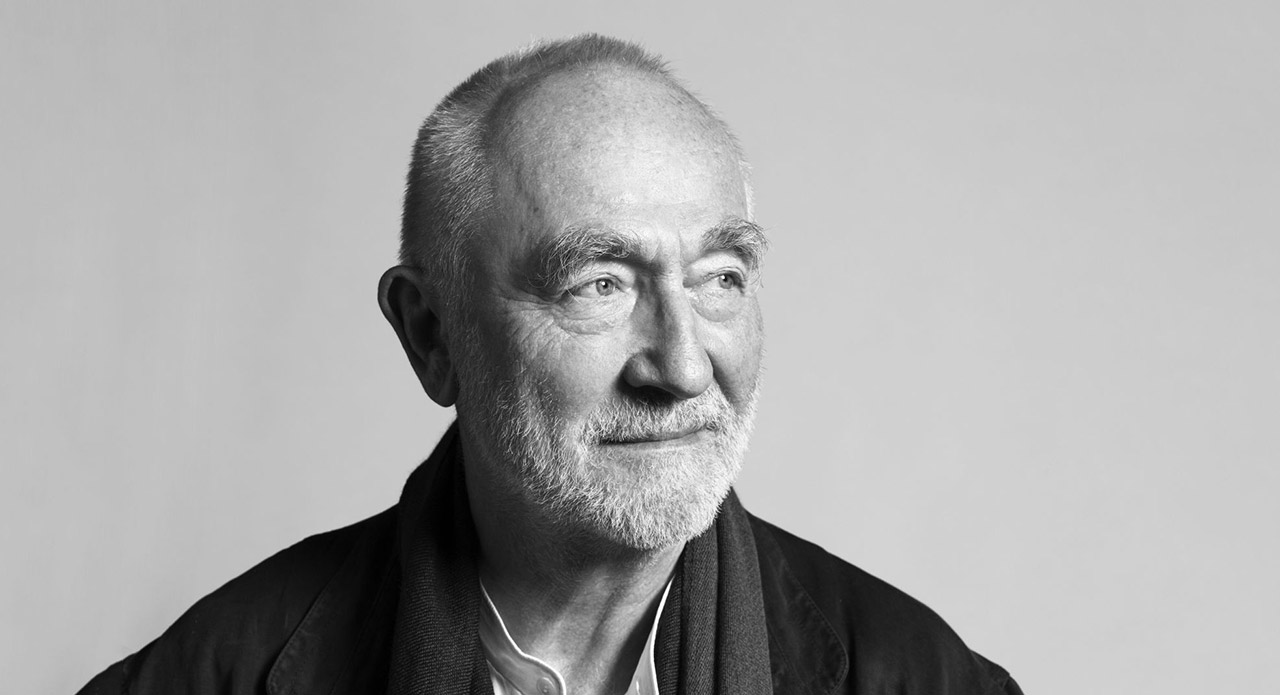f architecture were music, Gothic would be the cathedral organ — grand, resonant, and built to shake the soul. Emerging in 12th-century France and lasting well into the 16th century, the Gothic movement took the rigid solemnity of Romanesque design and replaced it with light, height, and an almost spiritual ambition. It was less about buildings and more about belief — an audacious attempt to reach heaven through geometry and stone.
Gothic architecture began as a theological statement but became an artistic and engineering revolution. Its creators were visionaries who looked at stone and saw poetry. Where Romanesque buildings sat squat and heavy, Gothic cathedrals soared — with pointed arches, ribbed vaults, and flying buttresses that redistributed weight and allowed walls to dissolve into stained glass. It was innovation married to devotion, producing an aesthetic that symbolized divine light and human ingenuity.The movement first took shape in Saint-Denis Abbey near Paris, under the direction of Abbot Suger in the 12th century. Suger’s vision was simple but profound — to create a church that felt illuminated by the presence of God. His embrace of light-filled interiors and structural daring sparked a continental revolution. Soon, Europe became a vast construction site of faith, with builders racing to the heavens.
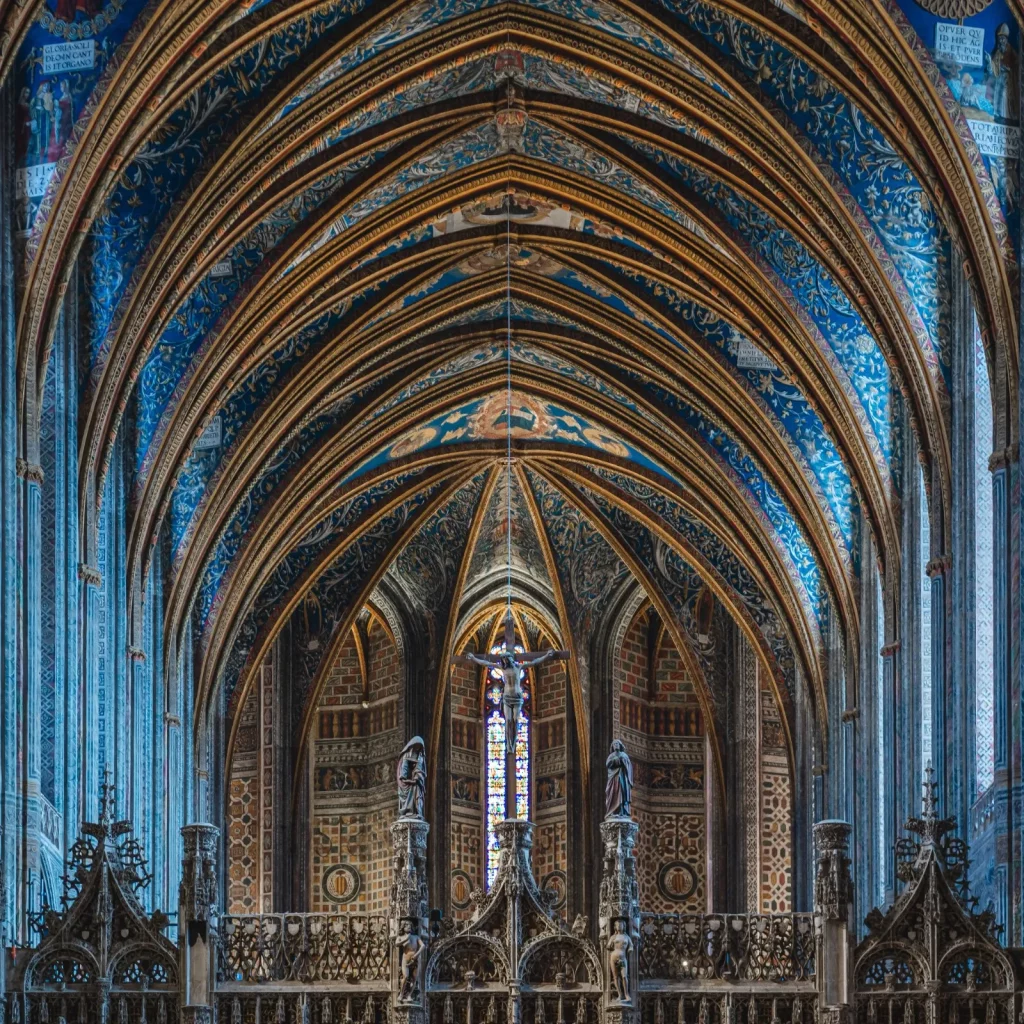
The Anatomy of Grandeur
Gothic architecture’s signature features weren’t just ornamental — they were born from necessity. The pointed arch distributed weight more efficiently, allowing for higher ceilings. Ribbed vaults gave flexibility in shaping roofs while maintaining stability. And the flying buttress, that elegant external archway, carried the thrust of massive walls outward, freeing the interior to blossom with windows that painted biblical stories in colored light.
Every element was a technical solution cloaked in beauty. Gargoyles doubled as water spouts, spires acted as symbolic ladders to heaven, and tracery — the intricate stonework on windows — was both structural and decorative. It was a blend of faith and physics, of craftsmanship and cosmic ambition.
Monuments That Outlasted Centuries
What makes Gothic architecture even more awe-inspiring is its endurance — both in spirit and in construction timelines. Many of the great Gothic cathedrals took centuries to complete, evolving alongside the civilizations that built them.
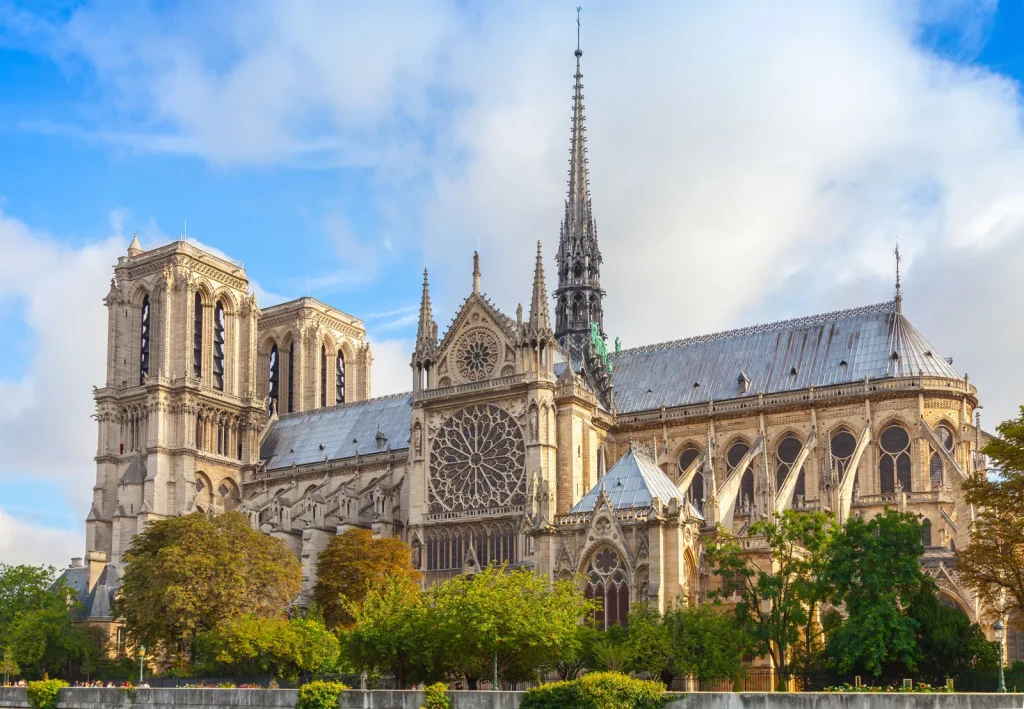
The Notre-Dame de Paris, begun in 1163, was only fully completed in the 14th century — and then restored in the 19th. Its façade remains an icon of vertical aspiration and intricate storytelling. The Chartres Cathedral, another French masterpiece, was built in record time for its era (just 26 years) but achieved a perfection of proportion and stained glass that still leaves architects humbled.

Further north, the Cologne Cathedral in Germany took the term “centuries in the making” quite literally — begun in 1248, it wasn’t completed until 1880. Yet its twin spires remain among the tallest in Europe, a testament to the endurance of Gothic ideals even in the industrial age. The Milan Cathedral (Duomo di Milano) similarly took nearly 600 years to finish, a living timeline of European art and architectural evolution.
Each of these structures carries within its stones a chronicle of generations — of kings and craftsmen, wars and renaissances, faith and fatigue. To walk through their nave is to walk through time itself.
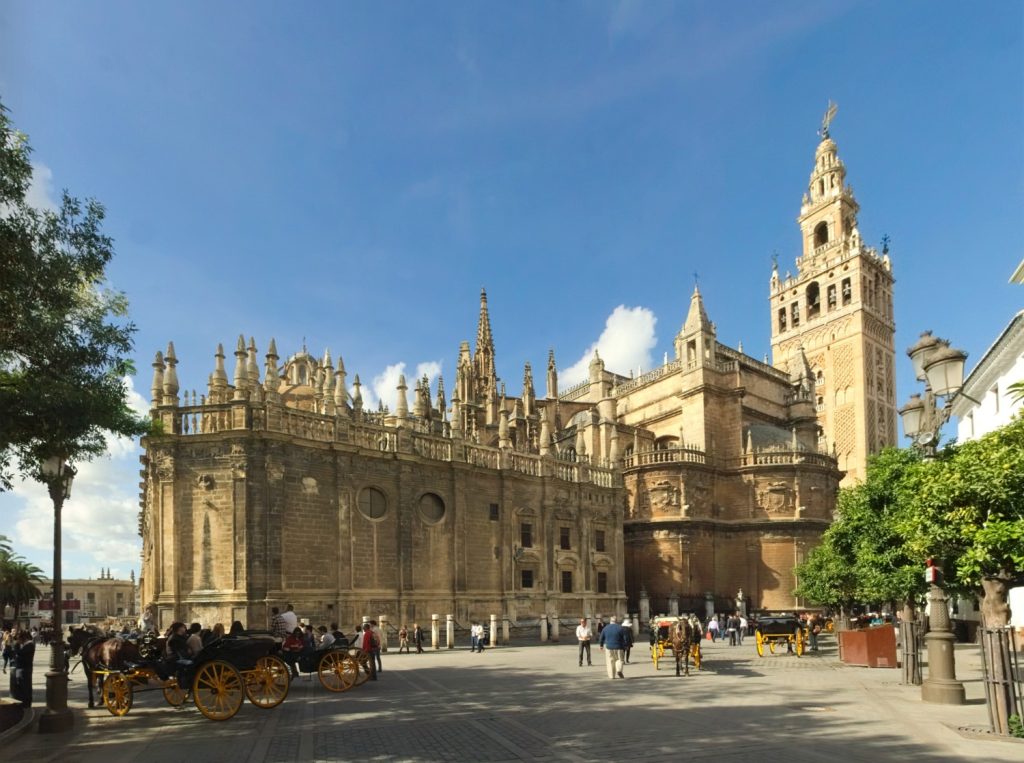
The Legacy That Never Faded
Though the Gothic era eventually gave way to the symmetry of the Renaissance, its influence never truly vanished. The 19th century saw a dramatic Gothic Revival, with architects like Augustus Pugin and Eugène Viollet-le-Duc resurrecting the style in universities, parliament buildings, and even modern cathedrals. Its vocabulary — arches, spires, vaults — became shorthand for grandeur and mystery, appearing everywhere from Victorian churches to fantasy films.
Today, Gothic architecture remains one of history’s most expressive languages — a dialogue between art and engineering, faith and form. Its cathedrals are not just monuments of stone but of human perseverance and imagination. They remind us that great design isn’t about speed or efficiency — it’s about the audacity to build something that outlasts its makers, and maybe, just maybe, touches the divine.




